Jean Cocteau once said, “Italians are essentially happier French people and the French are grumpy Italians”. Of course, the French and Italians have their distinct differences, but thanks to historical figures like Catherine de Medici, French food and culture in the 16th century became revolutionized as new foods, dining etiquette, and attitudes were welcomed into France from Italy.
The French and Italian have a lot more in common as the two countries share some overlap when it comes to the history and development of the French food and culture we know it today.
In this post, we’re going to take a dive into the history of French cuisine and how Queen Catherine played a huge part in shaping the way we eat and think about food today.
Italy’s Influence on French Food and Culture
According to some historians, “proper” French cuisine was first introduced by Catherine de Medici in the 1500s (yes, the Italian Medicis from a line of crazy rich bankers and merchants who heavily influenced Florence and helped the rest of Italy flourish back in the day).
Medici’s Influence
In the 16th century, the Middle Ages just ended, and enter the age of the Renaissance.
After her marriage to King Henry II of France, Catherine noticed that the French way of dining was not up to par with what she was used to in Italy. The French food and culture at the time weren’t as developed as it was in Italy at the time. And it was that realization that led Queen Catherine to bring over the Italian dining etiquette and specialty foods from Italy to aristocratic France during the Renaissance.
Florence was the epicentre of the world during the 16th century. But the same couldn’t be said about France. Rest assured, it wasn’t too long until they caught up when Catherine de Medici joined Henry the II to the throne allowing the French with access to enjoy all the gadgets and foods the Italians had.
During the 16th century, Italy was a prosperous country, mainly because of the Medici family, who had great influence over society.
The Medici family (1434-1743) was a powerful family from Florence of bankers, merchants, and art collectors.
The Medici’s help fund artists such as Michelangelo, Raphael, Donatello, and Leonardo da Vinci. The Medici didn’t just support the arts and architecture. They also supported science. They supported the famous scientist Galileo Galilei in his scientific efforts.
Their influence allowed them to access the high aristocracy, papacy (Leon X and Clement VII), and royalty (Catherine de Medici).
They ruled Florence, and they built the city as we know it today. May and I visited Florence back in 2019, and it was impressive to see the impact that this family had on the city.
The monuments and the beauty of the Medici city are truly breathtaking.
From this creative enlightenment, the first printers appeared, allowing a new medium for distributing information.
The technological advances of the time also allowed boats to come and go from Europe to America bringing new types of vegetables and fruit back to Europe.
Queen Catherine’s Reign
Anyway, we are here today to talk about Catherine de Medici, born in Florence in 1519. Her mother died during labour and her father died 3 weeks later of syphilis.
Her cousin, Pope Clement VII unofficially adopted her and cared for her throughout her youth. On September 1st, 1533, she left Florence for France to marry Henry II, who took the throne as King of France in 1547. In 1549 Catherine was officially crowned Queen of France at the Basilica of Saints-Denis.
During her reign, Queen Catherine became a controversial figure in French history for being too tolerant of the cohabitation between the Protestants and Catholics.
Her tolerant policies resulted in the massacre of St. Bartholomew’s Day where about 10,000 to 30,000 Protestants were murdered by Catholics on the evening of August 24, 1572.
She was also famous for her obsession with the superstitious. She believed in astrology and premonition, Catherine often confided in Nostradamus, a French astrologer, physician and reputed seer who she frequented for advice. The queen had numerous premonitions. The most famous prediction was the death of King Henry the 2nd as he died from the result of a jousting tournament just as she had predicted.
Catherine de Medici was a woman of power, she is certainly the most well-known queen of French history. She exerted an influence on the king and the decisions taken in France during the 16th century and even had a hand in shaping French food and culture. The history of French cuisine wouldn’t be where it is today without the help of Queen Catherine.
From the Middle Ages to Fancy French Cuisine
What interests us is a lesser-known part of the history of Queen Catherine. We are going to speak bout her part in shaping French cuisine.
Introduction of Tableware
In the mid 16th century in France, proper tableware did not exist. The “French” meals at the time consisted of large buffets eaten by hand or with a tablespoon.
French cuisine at the time consisted of simple dishes of vegetables, lots of meat, spice, bread, and wine or beer. As you can already tell, French food culture was pretty basic and not superfluous.
On the other hand, the Florentine aristocracy ate in a very different way at that time. They had table service, silverware, individual plates in earthenware or porcelain and Murano glass (in France they still drank in silver or tin glasses and they eat on wooden or metal plates).
In Florence, the elite had gotten rid of buffets and feasts and have adopted the more sophisticated individual portions, also known as “Russian style” which consisted of 3 to 12 services that they soon passed on to the French.
Out with the Old and in with the New
Catherine de Medici grew up with a silver spoon filled with luxury and all the refinements of Florence. After arriving in France, she realized that France’s dining etiquette was outdated, the French foods and culture surrounding French gastronomy were simplistic and underdeveloped. Queen Catherine couldn’t fathom submitting herself to eating by hand and drinking in metal glasses as both those practices were beneath her.
So, she made it a point to introduce the modern etiquette she was used to in Italy. The first order of business was to improve the tableware situation, she brought over forks, porcelain, glass, and the tools needed for fine dining etiquette from Florence to France.
Gone were the days of buffets and eating by hand. Catherine trained the French elites in the art of dining at the table and introduced table service.
She taught the French aristocracy to sit at the table and wait for the different individual courses to arrive one after the other in an organized and harmonious way.
French Food and Culture of a New Era
Thanks to the Italian travellers and navigators of the time, Catherine de Medici was able to import new products from the “new world” encouraging cooks to get creative. This new attitude towards eating and food that the French developed was significant as the food itself was no longer a symbol of survival but a subject that represented refinement, choice, and wealth. A reflection of French food became a reflection of the society it was developing into, which was a much wealthier one than it was before.
For the first time in France, they discovered foods such as peas, tomatoes, chillies, coffee, zucchini, chocolate, turkey, potato and so much more. The introduction of new ingredients helped foster creativity for the French cooks which allowed them to experiment and create new types of dishes that enriched the legacy of French food and culture.
At the time, inventions such as “the wooden-armed press” which is essentially one of the first printers at the time, chefs started printing cookbooks that helped cooks improve and share their knowledge.
The Birth of Pâté a Choux
Catherine de Medici also introduced new desserts in France, she imported Italian ice cream to France, and with the help of Florentian artisans, she also began importing jams, jellies, marzipans, gingerbreads, nougat, glazed chestnuts, macaroons, frangipane, and so, so much more.
Catherine’s cook, Panterelli invented the “hot dough”, or pâté a Panterelli, which was later perfected into what we know as pâté a choux which became the base of many types of French desserts.
French Food and Culture Would Never Be the Same Again
As a result, the elite upper class adopted a new way of eating. Smaller plates replaced the big portions of over-cooked meat.
French cuisine began incorporating more vegetables and butter. Exquisite truffles were first introduced into stews, and they start using “modern” herbs from the new world like chervil, tarragon, basil, thyme, bay leaf and parsley.
Did you know that Aristocrats do not eat garlic? Yes, even Queen Elizabeth and her clan still adhere to this rule today.
Since garlic is out of the equation, anchovies and shallots have become the preferred aromatics. Fresh vegetables such as cauliflower, asparagus, peas, cucumber, and artichoke have also become a part of the ensemble.
Cooks began to pay more attention to the cooking of food so they can better preserve their flavours. They also paid more attention to the meats they were cooking making sure that they were not over-cooked. As for fish, it must be extremely fresh as they seek to preserve the taste and visual integrity of the food rather than to hide it.
The Rest is History
Who knows, but French people became accustomed to the new types of foods and cooking techniques and use them over time to form French cuisine.
Today, we can still see the Italian influence on French food and culture, but since the 16th century, France has experienced several gastronomic revolutions such as the “modern cuisine” in 1733 and “new cuisine” in 1960 which in addition to Catherine’s contribution created the French gastronomical identity we know it today.
France and Italy always have been two close countries; a lot of events contributed to the mix of these two cultures such as the war of the Gauls, the baptism of Clovis, Catherine de Medici, and the reign of Napolean and of course, the influence from Italy that contributed to the history of French cuisine.
Needless to say, Catherine’s influence has shaped how the French ate back in the day, would French cuisine be the same without Catherine?
If you’re curious to try or learn more about French cuisine, check out some of our food-related articles here.
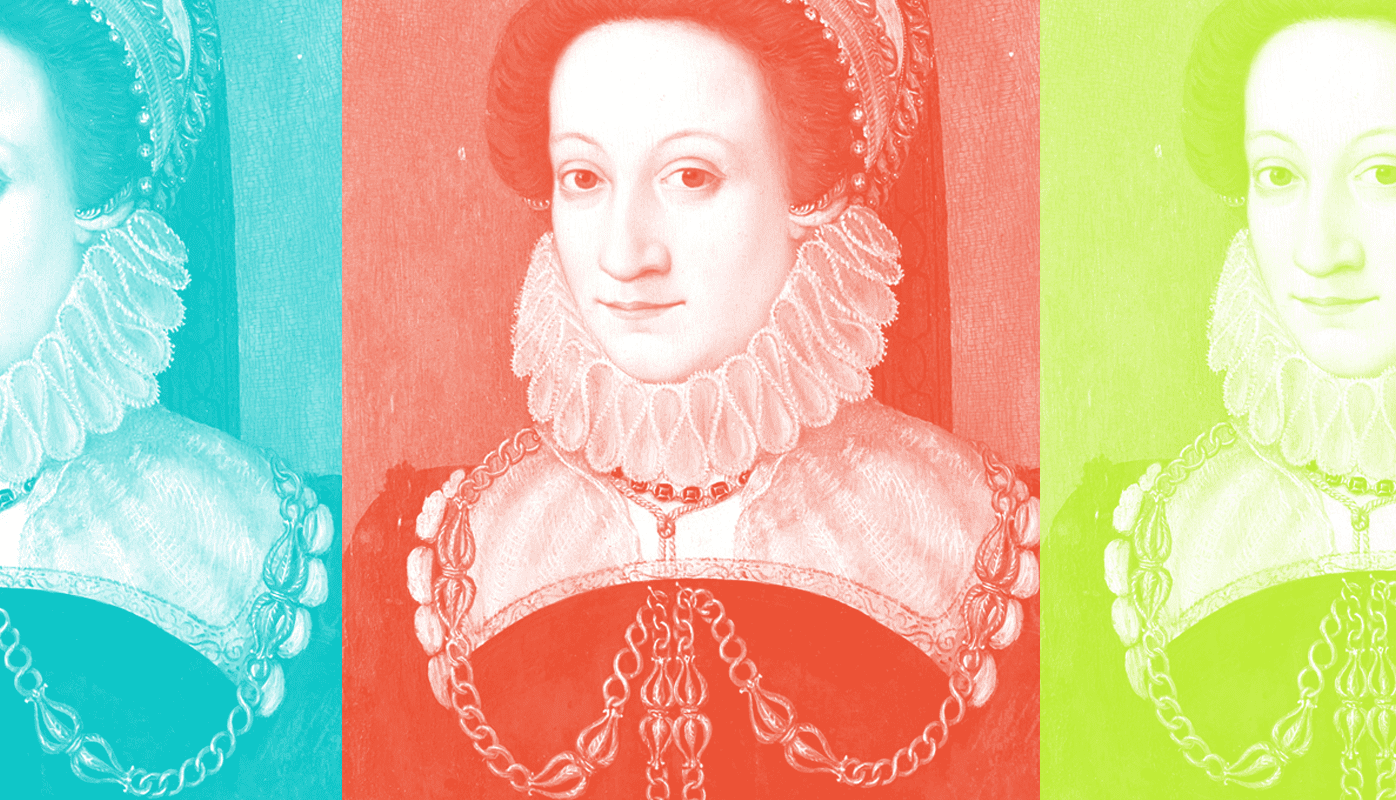
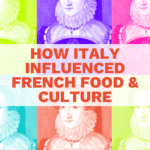
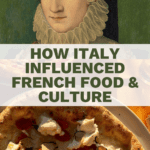
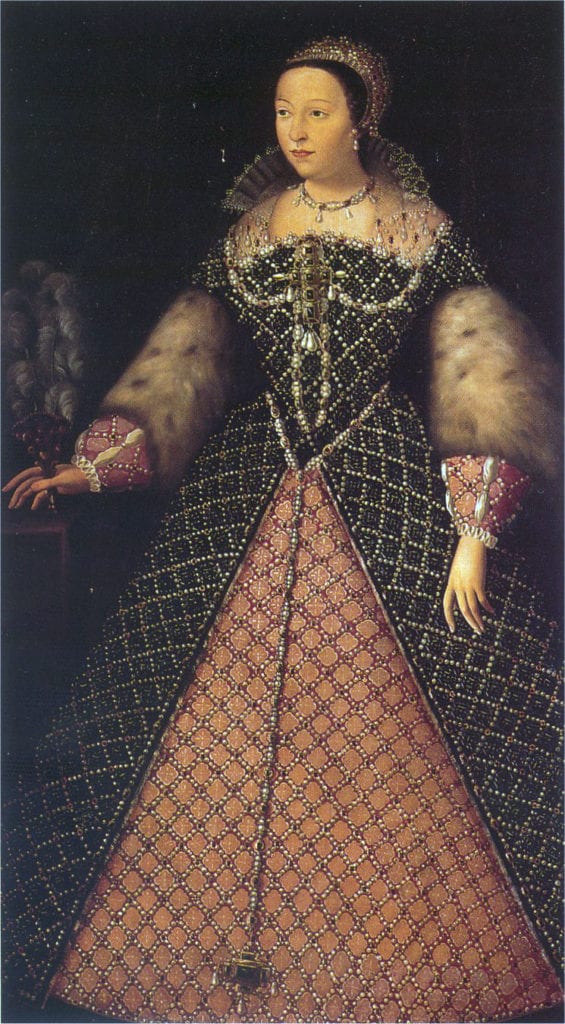
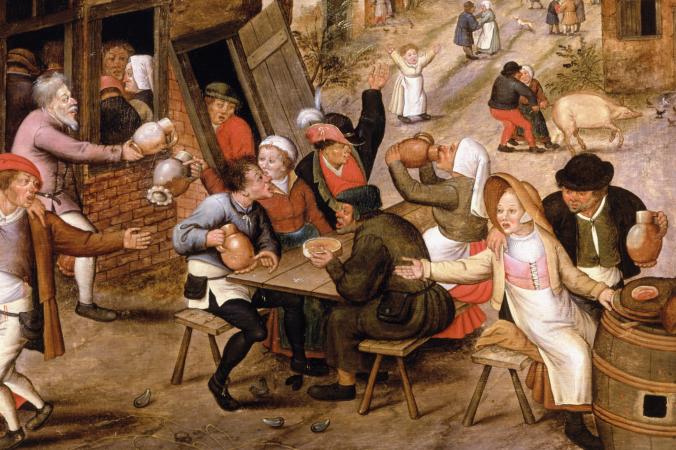
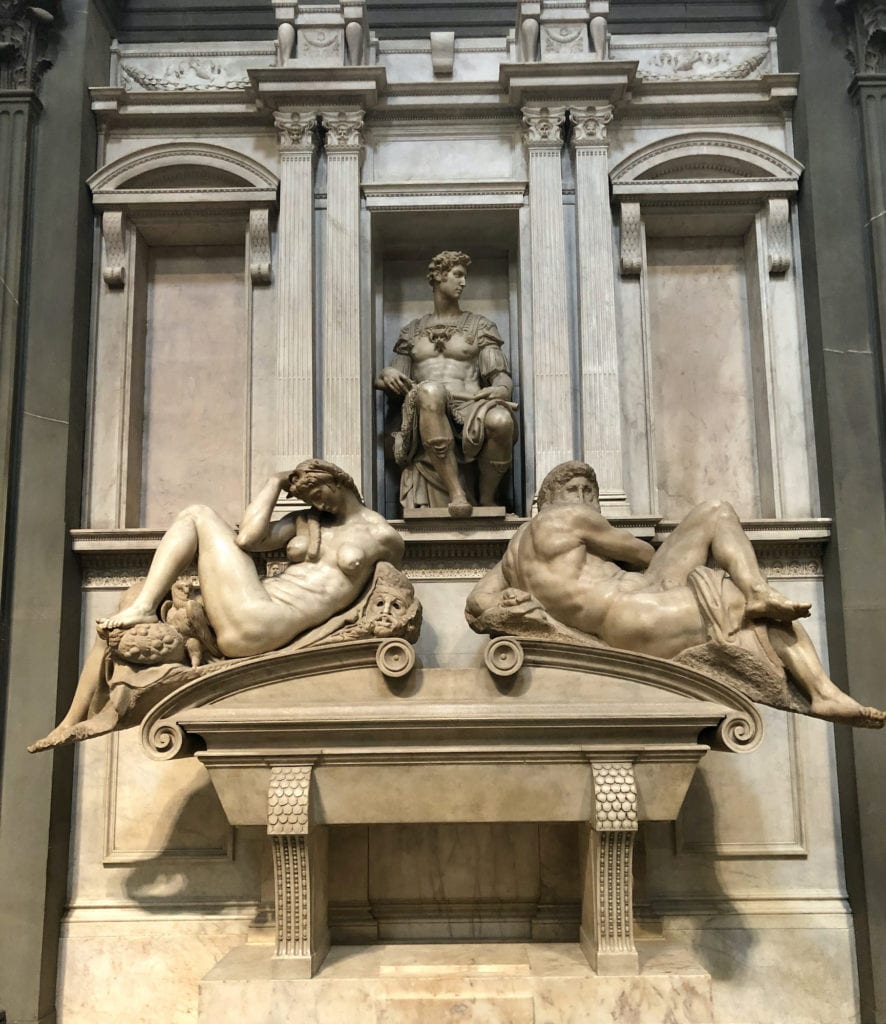
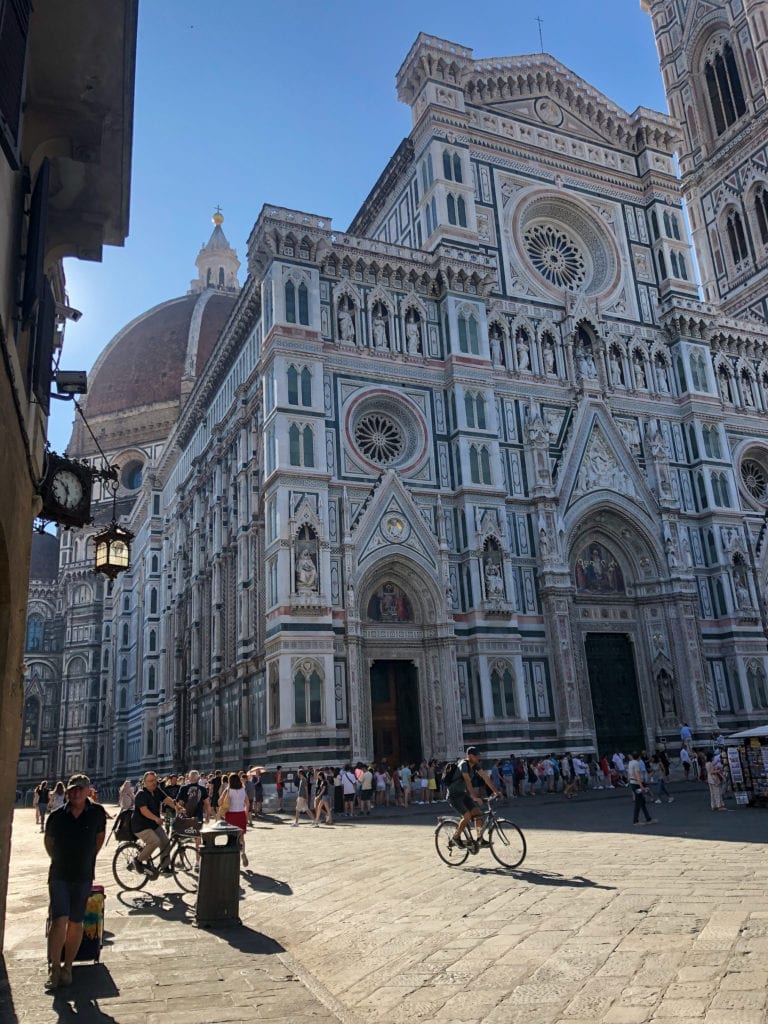
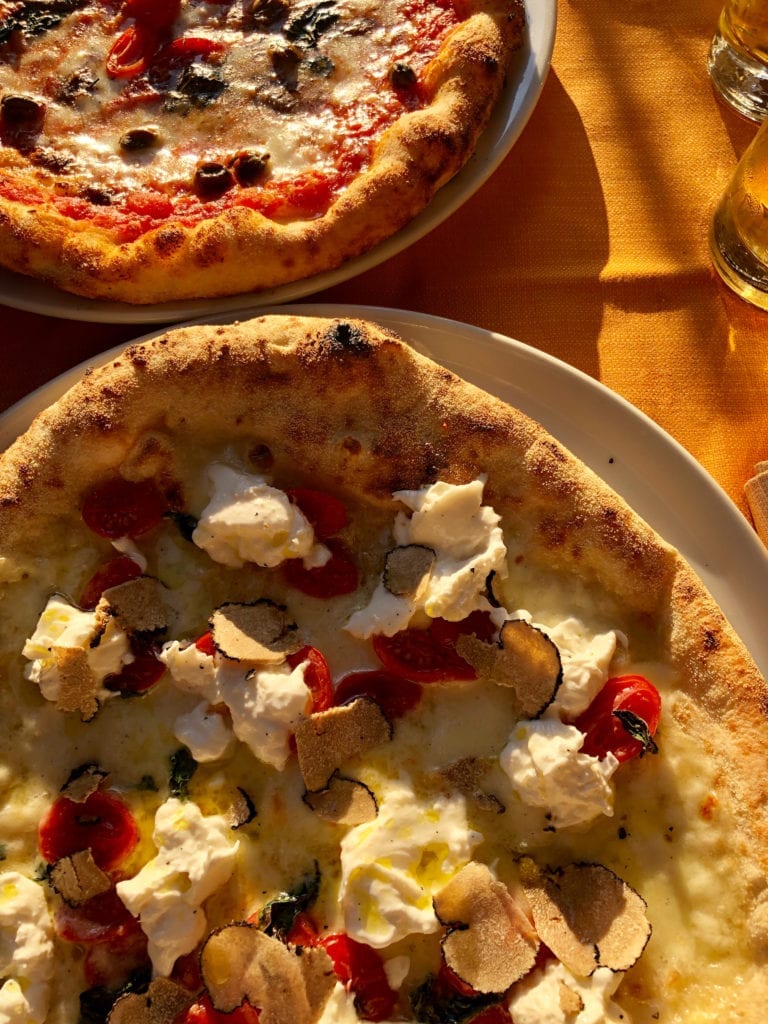
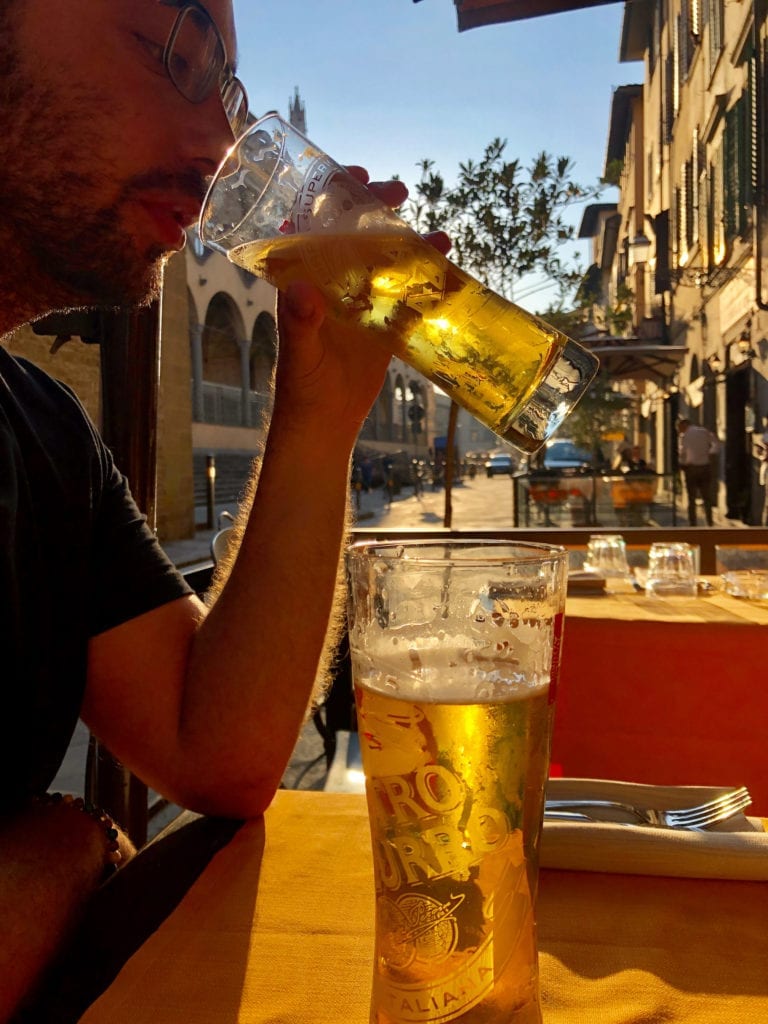
you should drink it instead if staring at it. LOL
haha always 🙂
thank you so much i learn about french cuisine history through the influence of catherine de medici she influence french gastromy and culture.